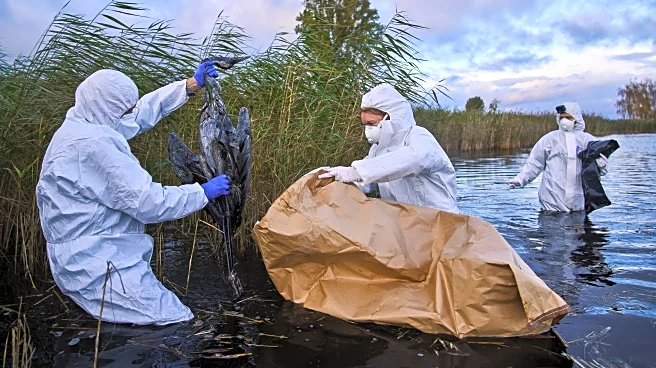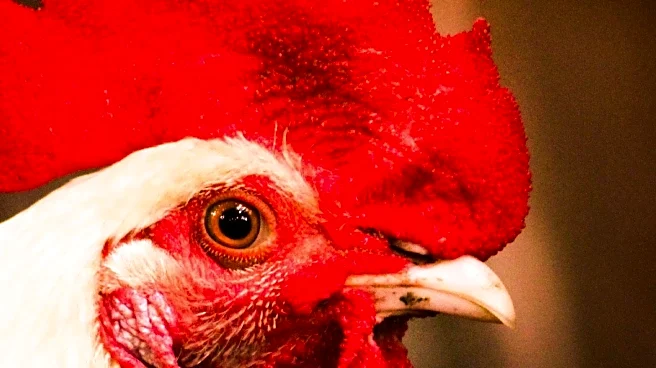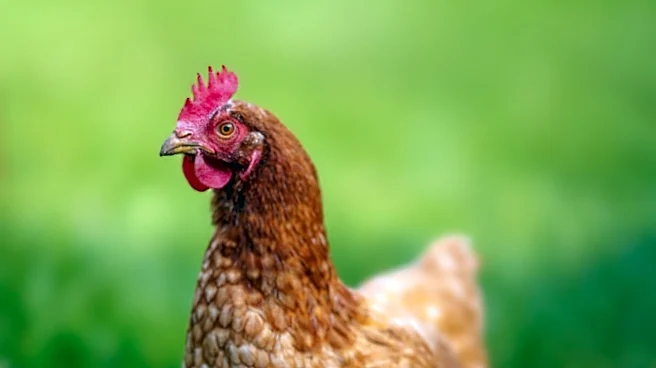LINUM, Germany (AP) — In a spot outside Berlin that's usually a paradise for birdwatchers, volunteers have recovered nearly 2,000 dead cranes in recent days as bird flu has hit the migrating birds hard.
Linum, a small village about an hour's travel from the German capital, is known in summer for its many nesting storks. In the fall and spring, it's a popular resting spot for thousands of cranes as they migrate between the Baltic and Nordic regions and southern Europe. But this month, many of the birds' journeys have ended in the ponds and fields that surround it, as well as at other spots in Germany.
Bird flu has flared up early and quickly in the country this year. Since early September, the Friedrich Loeffler Institute, Germany's national animal health authority, has recorded 30 outbreaks at poultry farms as well as cases among wild birds in various parts of the country, and more than 500,000 chickens, ducks, geese and turkeys so far have been slaughtered as a precaution.
Over the past week the majestic gray-and-white cranes, unusually, have been at the center of attention. It's not clear where they were infected. Norbert Schneeweiss, an expert with Brandenburg state's environment office, said that such a severe impact from bird flu hasn't previously been seen in cranes on this migration route, though there was an outbreak among cranes in Hungary two years ago.
This week, volunteers in full-body protective overalls waded through the water and reeds outside Linum and stuffed the limp, floating bodies of the large birds into sacks.
A sick bird stood listlessly by a path nearby, failing to fly away as people approached. Others have been seen staggering and then collapsing. Still-healthy birds flew overhead and pecked for food in the fields.
By Monday evening, volunteers had picked up 1,875 dead cranes and expected the total to top 2,000 in the coming days.
“There's not a lot more we can do here other than gather up the birds,” Schneeweiss said. He added that experts have made an effort to make the area less attractive for migrating birds, for example by limiting the water flow to reduce the size of the resting area — but noted that “resting places are rare in Central Europe.”
In earlier years, “we were glad of every crane — it was a natural spectacle every evening when thousands of cranes fly in; a lot of visitors came,” he said. Now, however, the usual guided tours for bird fans have been cancelled.
Schneeweiss said the situation appears to be under control locally for now, with the number of dead cranes slowing and no other wild birds yet showing symptoms.
Collecting the birds is hard and depressing work. “We try to convince ourselves that we’re doing something good for conservation and that it’s important,” volunteer Lara Weinmann said. “But of course, it does affect you.”
Bird flu infections in humans are relatively rare. But as it hits other species, including some mammals, scientists fear the virus could evolve to spread more easily among people.
___
Ebrahim Noroozi in Linum and Geir Moulson in Berlin contributed to this report.














